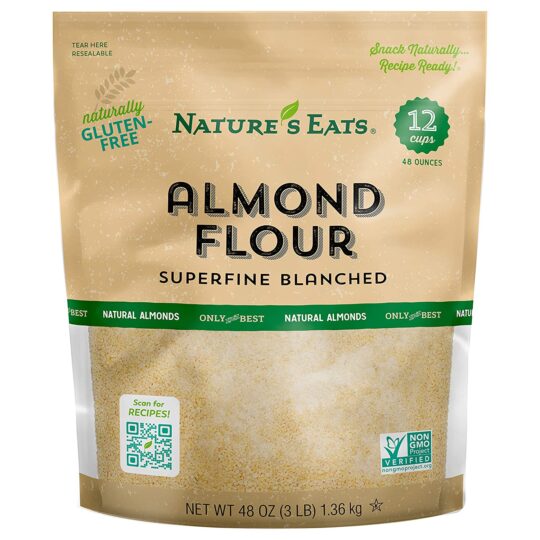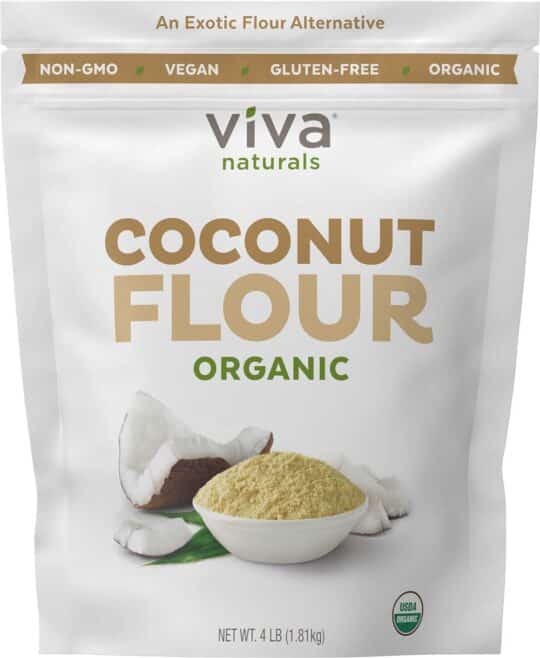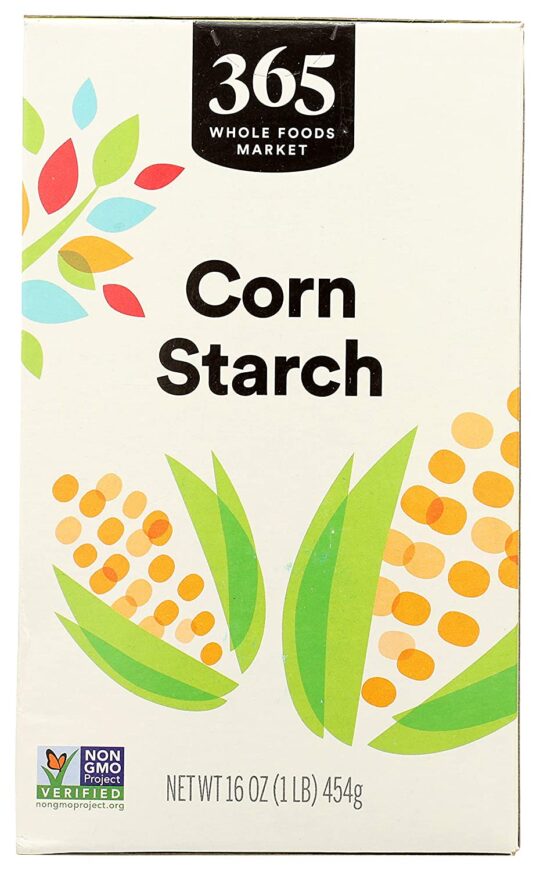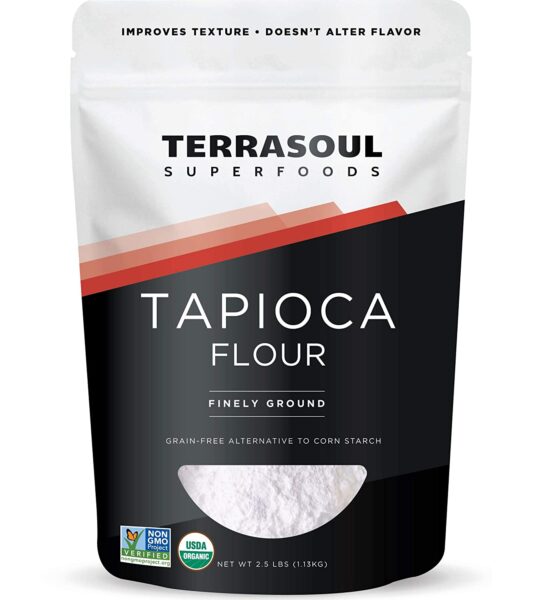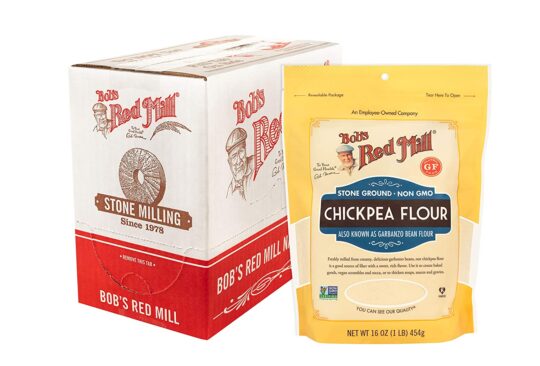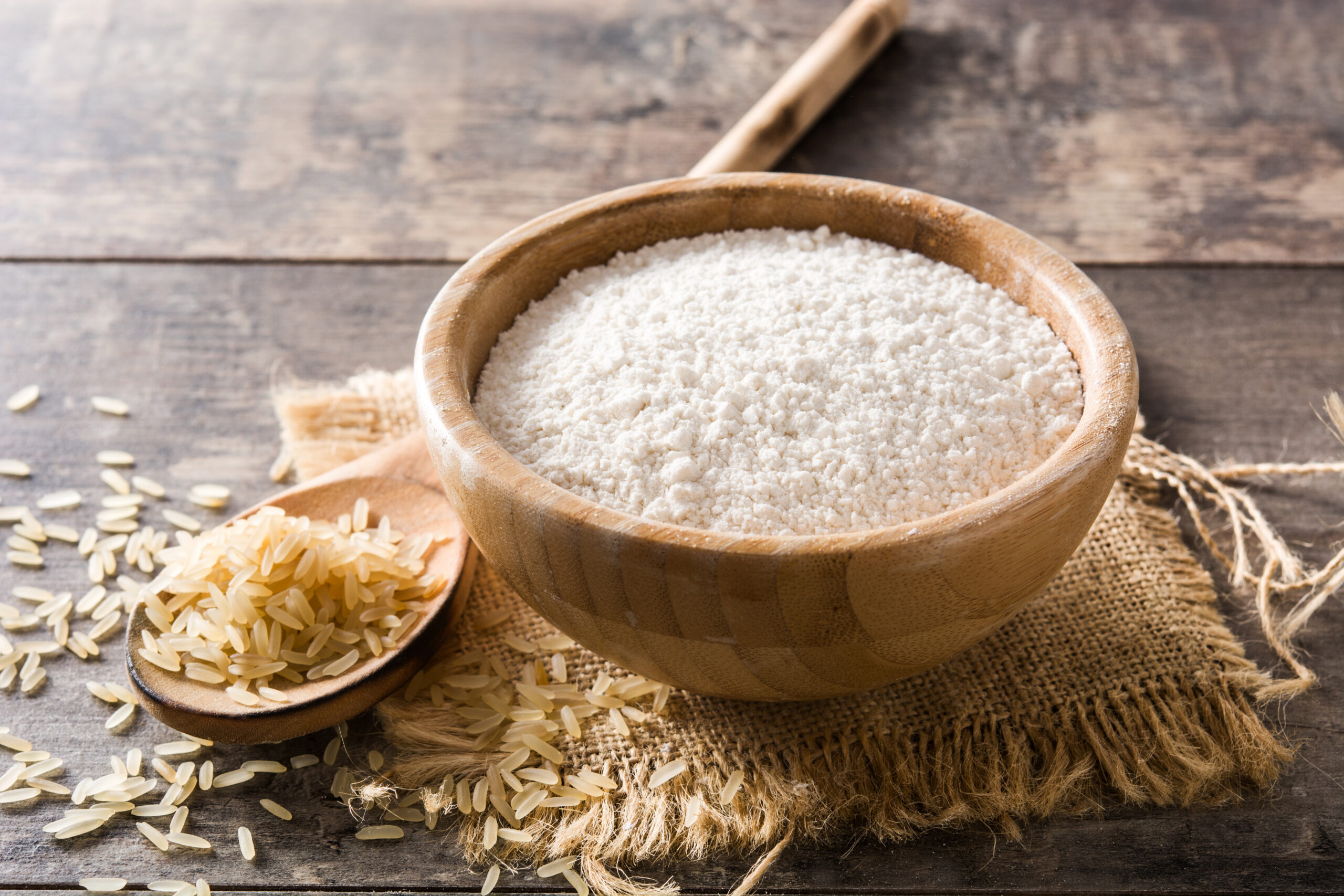Different varieties of flour exist today to suit various needs, but among them, few compare in terms of benefits to white rice flour. As one of the few gluten-free flours that offer versatility and affordability, it has become highly sought by enthusiasts of such preference. White rice flour works in many baked recipes, so many can’t do without it. But a time comes when you must replace it with something else.
It’s why you need substitutes that can offer similar features as white rice flour for your various needs. And here, we’ll list convenient options to ease your transition from this impressive ingredient. But first, let’s talk about how rice flour caters to gluten-sensitive needs and how you can replace it with other flour alternatives.
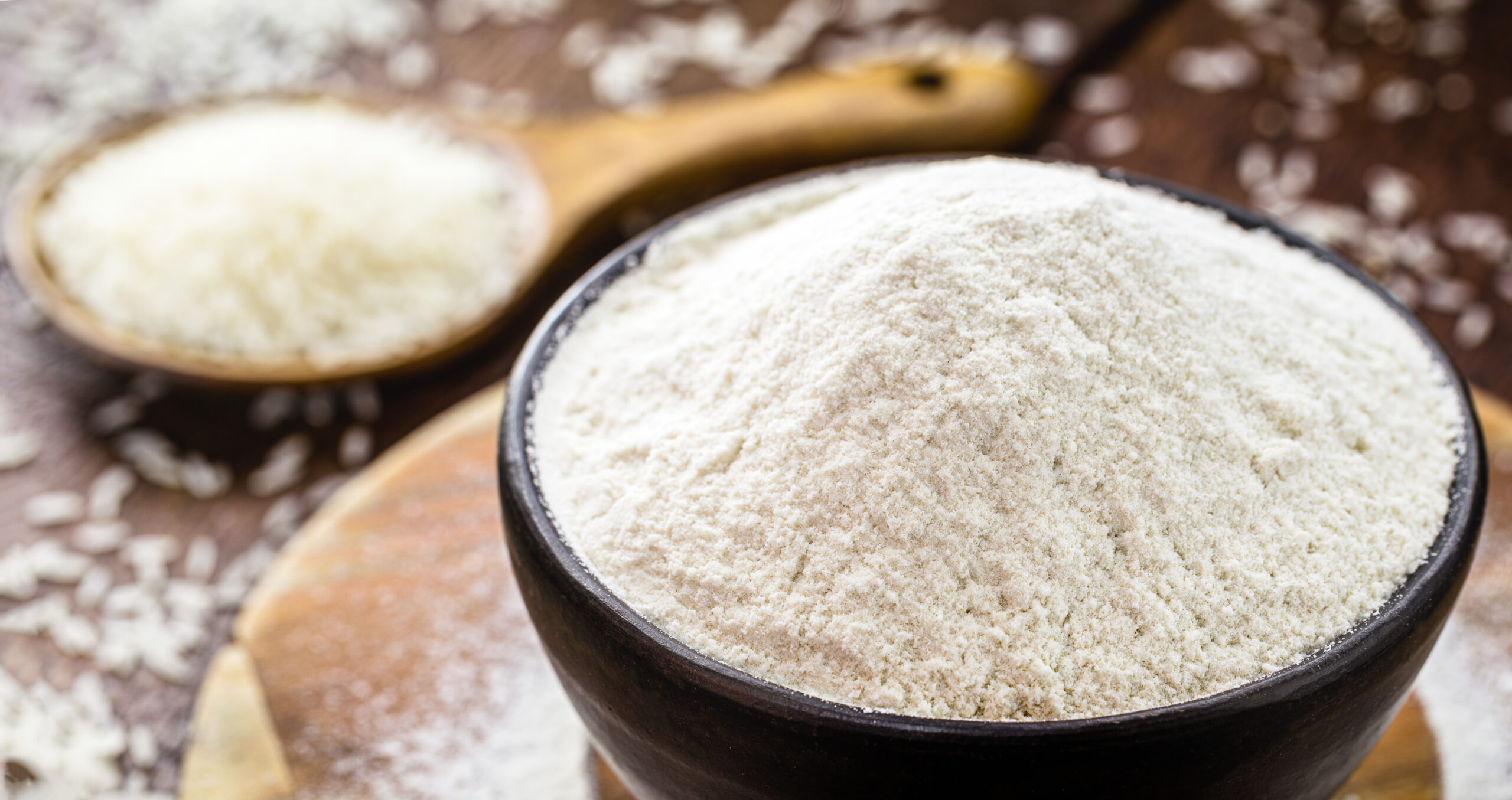
White Rice Flour Nutrition Facts
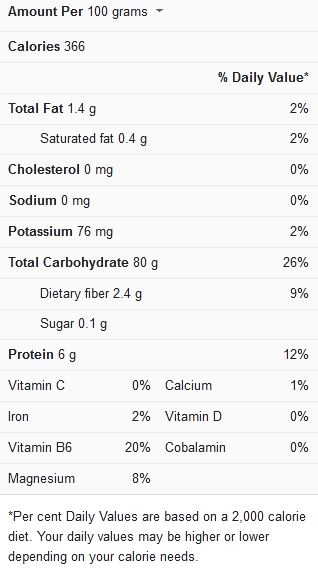
What is white rice flour?
When white rice is finely grounded, it produces a white flour powder. And the particles are so small; they can also be called white rice powder. Rice husk or paddy is removed to derive raw rice ground into a fine powder. And the same procedure is used to obtain brown rice powder, which is finely ground brown rice grains.
White rice flour uses in recipes
White rice powder is a regular ingredient in Asian cuisine, as it produces light dishes while maintaining an excellent chewy mouthfeel. This advantage makes it a favorite among those who like this feeling but can’t consume gluten flour due to issues like celiac disease. It’s used for making rice noodles and employed in baking procedures. And its function in the latter is because the flour offers the needed structure delivered by gluten in other flours, even while it doesn’t contain any in its composition.
White rice offers a cereal-like taste with a good hint of smoothness that surfaces in all recipes. It’s also commonly used to replace wheat flour and as a thickener in dishes that need to be frozen. This function is possible because white rice flour reduces liquid separation, and it also offers the advantage of being able to mix directly with liquid recipes without clumping. You’ll also find it employed in gluten-free frying dishes, which is why it works in a fried dough like egg rolls and dumplings, and as batter breading for meat, fish, seafood, and vegetables.
More examples of recipes and dishes where white rice flour is used include;
- Muffins
- Shortbread
- Battered shrimp
- Pancakes
- Sourdough bread
- Mochi
- Quesadilla
- Battered fish
- Apple cakes
- Buchi
- Mochiko chicken
- Dumplings
- Gluten-free bread
- Rice bread
- Chicken nuggets
- Garlic shrimp scampi
- Deep-fried chicken
- Rice balls
- Brownies
- Rice cakes
- Flatbread
- Pizza crust
- Gluten-free pie crusts
- Pastry
- Noodles
- Chickpea curries
- Sauces
- Soups
- Stews
- Honey cakes
- Chennai chicken wings
Substitutes for white rice flour
White rice flour is arguably the ultimate gluten-free flour, as it offers versatility at a cheap price. But you may not have any in your pantry or find yourself in the middle of a recipe and need a quick fix. It’s why you’ll need the following substitutes to help you continue your cooking procedure while maintaining the same perks expected from white rice flour.
Almond flour
Almond flour stands out as one of the healthiest flour, making it a fantastic substitute for white rice flour. It’s created by grinding blanched almonds, contributing to its slightly nutty taste. Plus, almond flour is rich in vitamins and manganese, needed to reduce the risk of Alzheimer’s disease and blood sugar.
Almond flour works best for baking purposes, and its nutty flavor is easily masked in such recipes. It’s also great for coating foods for frying, but remember that almond flour easily burns, and it works at equal ratios as white rice flour.
Coconut flour
Coconut flour is your premium choice if you seek a gluten-free substitute but worry about your nut allergy. It’s gotten from dried coconut flesh, ground into a fine powder, and is renowned for its numerous health benefits. Coconut flour is known for its high-fiber content and helps in stabilizing blood sugar levels, thus promoting weight loss.
But its sweet flavor and rich tapioca aroma make it best suited for sweet desserts. And when using, this fact must be kept in mind to cut any added sugar. Also, coconut flour works best when more liquid is added to the batter, as it easily absorbs moisture. So, use less of this substitute to replace white rice flour and up the liquid content in the recipe.
Cornstarch
Cornstarch is one of the easiest substitutes you can find, and because it’s gluten-free, it works for those with celiac disease. And it’s an excellent thickening agent that works great in soups, sauces, and gravy. It’s also tasteless- a property it shares with rice flour- and allows you to influence the final flavor of your recipe as you desire.
Cornstarch works for frying dishes, as it can be used to coat meat, fish, veggies, and seafood. But when using it as a thickener, it’s best if you first mix it with water to make a slurry you can incorporate into your soups and sauces. Once these factors are noted, go ahead and use cornstarch at a 1:1 measurement as white rice four.
Tapioca flour
Tapioca flour is fast gaining attention among gluten-sensitive consumers, making it an excellent replacement for white rice flour. It’s made from cassava roots and is the primary ingredient in tapioca recipes. Plus, it’s a cheap substitute and can be easily found in grocery stores around you.
Tapioca flour is tasteless, so that’s a plus for dishes you don’t want to be influenced flavor-wise. And it works for everything that requires white rice flour, save frying recipes. It also thickens faster, so it helps to add it gradually when used. And it makes baked goods chewy, though it’s sweeter, so check the amount of sugar used in the dish. You can use double the amount of tapioca flour to replace white rice flour in approved recipes.
Chickpea flour
This nutritious rice flour substitute is a popular addition to Indian cuisine and contains all the health benefits expected from its parent source, garbanzo beans. Chickpea flour is legume-based, meaning you get a high amount of protein, and plus, it contains decent amounts of fiber, manganese, and other essential nutrients.
Chickpea flour is an excellent binder, making it perfect for baking. But it doesn’t rise as well as white rice flour, which is why it’s best for flat bakes like pancakes and tortillas. It also absorbs liquid faster than white rice flour, so you’ll have to add it gradually to the batter when using it. Regardless, it can be used in equal quantities as white rice flour in most dishes.
Frequently asked questions (FAQs)
Does rice flour make you gain weight?
White rice flour is refined, thus containing lots of calories. As such, moderate consumption of the ingredient is advised as it has been linked to weight gain.
Can rice flour help you lose weight?
While it has high amounts of calories, white rice flour also contains good fiber. And when eaten in small amounts, it can increase digestive functions, reduce cholesterol levels and help you cut down excessive eating, thus encouraging weight loss.
Is rice flour good for baking bread?
Yes, it is. White rice flour is excellent for baking bread, as it offers a sweet flavor while being free of gluten. It’s also perfect for muffins, cakes, and other sweet baked goods.
Conclusion
You may not have white rice flour when you need it most, but these substitutes will be there for you. And each option offers numerous perks that’ll make you eventually forget about white rice flour. Plus, you’ll get more versatility with them, thus letting you keep abreast with different cooking and baking methods and enjoy your culinary experience.
